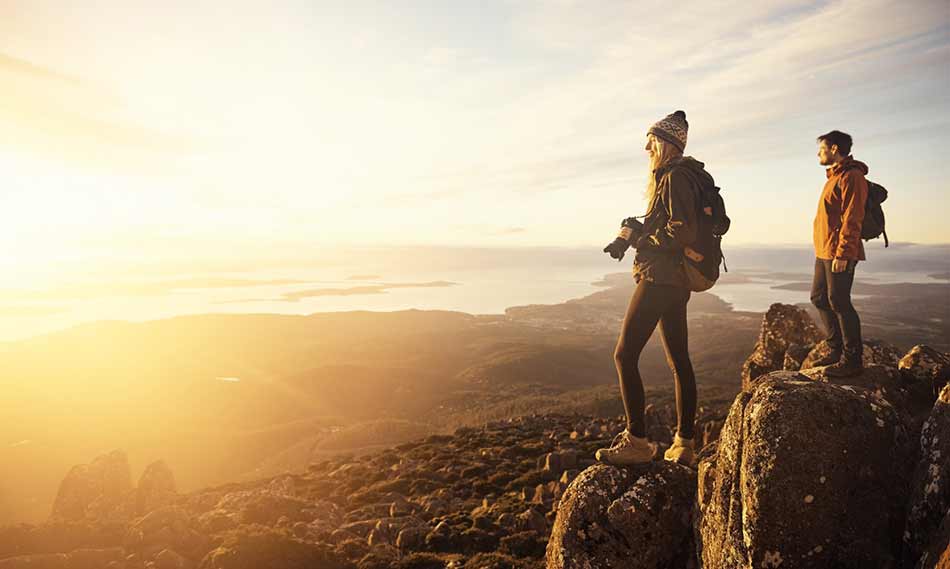Top 3 Camera Filters Reviews

There are bunches of strategies you can add inventiveness to your photography, a decent camera channel is one of those ways. In this article, you’ve seen five of the best channels accessible to add that little extra to your more like this picture.
Have you utilized any of these channels? Is there another channel that you use in your photography that can add greater imagination? The individuals who take highly contrasting photographs will no uncertainty highlight the impacts that red, orange and yellow channels can add to this type. As consistently we’d love to see instances of your photographs in the remarks area, along with catching wind of your experience utilizing channels.
Channels come in two distinct shapes
Round Filters – These channels screw straightforwardly onto the front of your focal point. You’ll have to purchase a channel of a similar breadth of the front of your focal point (take a gander at the rear of your focal point cap for the right size). It is likewise conceivable to purchase venture up or venture down rings that will permit you to join your channel to camera focal points of various widths.
Square Filters – These occasionally come as a rectangular channel, and consistently as a component of a framework that permits you to append them to the front of your focal point. There is ordinarily a section, which itself appends to a round ring, that you will screw onto the front of your focal point. Frameworks like this make stacking channels simpler and are better for graduated channels.
There are indeed various channels which you can utilize, and not every one of them will be referenced here. Numerous individuals like to utilize an UV channel to ensure the glass on the facade of their focal point. This is a useful use, and this article tries to take a gander at the innovative utilization of focal point channels.
-
Neutral Density Filter
Impartial thickness channels are ones that block the light in fluctuating sums relying upon the strength of the channel. The strength goes from the ND2 to ND1000, most vulnerable to most grounded individually. These channels are essentially utilized for either representation work, or scene work with the more grounded channels utilized in scene photography.
The murkiness these channels add is alluded to as a stop, and a stop implies one presentation esteem (1EV). That implies a ND2, which is a 1 stop channel, obscures the photograph by – EV1. The ND1000 channel is alluded to as a 10-stop camera channel.
Representation channels – ND2, ND4, and ND8 channels can extensively be depicted as picture channels. They are utilized with prime focal points when there is an excess of light for that focal point to be utilized with an enormous gap. Their other capacity, when utilizing a strobe (streak), is to obstruct enough light so you can utilize the blaze at the camera’s standard sync speed (without the requirement for fast sync HSS).
Scene channels – While there are times you should utilize a portion of the more vulnerable ND channels for scene photography, ordinarily you’ll be utilizing a ND110 or ND1000 for scene photography. This permits you to make emotional long presentation photographs during the day, ideal for moving water or mists.
Sun based shroud – Should you be fortunate enough to observe a sun powered obscuration, you’ll need to utilize the 16-stop ND100000 channel (an extraordinary sunlight based channel).
-
Graduated Filter
Advancing on we currently take a gander at the Graduated Filter. These are utilized to upgrade the shading in the sky. They work simply like the graduated ND channels yet rather add tone. This sort of channel will frequently be utilized to make a nightfall sky considerably more sensational, by making the sky orange, or maybe rose red.
Different alternatives for graduated channels are adding sepia to the top portion of your photograph. Considerably more exploratory is adding one tone to the lower part of the picture, and another shading to the top by utilizing two of these channels together. This is an extraordinary camera channel to be innovative with, however you need to apply it to the opportune spot. Those wishing to take a stab at this sort of photography with a channel should take a gander at this superb guide.
-
Infrared channel
Would you like to make a dreamscape from your photographs, with foliage that resembles it’s from a blizzard? At that point you’ll have to figure out how to make infrared photographs. One of the most available approaches to do this is by utilizing a channel. At the point when you purchase a channel like this it will seem dark that is on the grounds that the natural eye can’t see the infrared range of light. A mainstream channel for infrared photography is Hoya’s R72. Indeed, even with a channel, you’ll need a camera that will perform with this channel joined, and a few cameras are greater at this than others.
Most producers will obstruct infrared light from arriving at the sensor somewhat, the more grounded that square is the less successful this channel will be. Should you decide to utilize this sort of channel on a non-changed over camera expect your presentation times to go from 30 seconds as long as 4 minutes, contingent upon your ISO and opening settings.